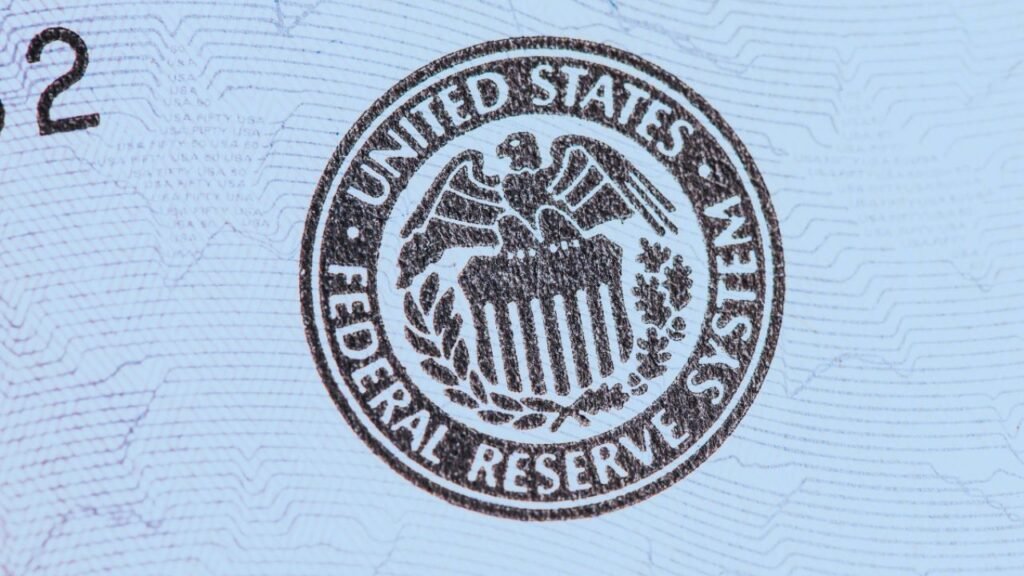President Donald Trump is once again in the spotlight, this time for his aggressive push to reshape the Federal Reserve and lower interest rates. As debates intensify, many Americans are wondering if rapid rate cuts will actually strengthen the economy or if they could bring unintended consequences.
Trump’s Drive for Lower Interest Rates
Trump has repeatedly argued that the U.S. economy is performing “phenomenally,” but that high interest rates are holding back potential growth, especially in the housing market. He believes that reducing rates will make mortgages more affordable and give the economy a significant boost. His frustrations with the Fed boiled over on August 25 when he announced the dismissal of Fed Governor Lisa Cook, opening the door for his appointees to hold a majority on the Fed’s board.
Economic Reality vs. Political Pressure
While there is growing evidence that supports a gradual rate cut, many economists are concerned about the risks of moving too quickly. The Federal Reserve’s primary responsibilities are to keep inflation under control and maintain healthy employment levels. Cutting rates too aggressively could undermine those goals, especially as inflation still sits above the Fed’s 2% target. Economists warn that rapid cuts could fuel price hikes and weaken confidence in the U.S. financial system.
Impact on Mortgages and Housing

Trump insists that high interest rates are the main obstacle preventing Americans from buying homes. However, experts note that mortgage rates don’t always fall simply because the Fed lowers its rates. Mortgage rates are more closely tied to the performance of the 10-year U.S. Treasury note. This means that even with rate cuts, homebuyers may not see the dramatic savings Trump envisions, especially if investors demand higher yields due to economic uncertainty.
Potential Risks of Aggressive Cuts
If the Fed slashes rates too sharply, it could backfire. Investors might perceive the move as a sign that the central bank is under political pressure rather than acting independently. This loss of confidence could lead to higher long-term interest rates, making mortgages, auto loans, and other credit products even more expensive. Economists warn that such a scenario could slow economic growth instead of accelerating it, leaving consumers with fewer financial benefits.
The Power Struggle Inside the Fed
The firing of Lisa Cook has sparked a legal battle that could determine how much influence the president has over the supposedly independent central bank. Cook has filed a lawsuit to block her termination, arguing that it threatens the Fed’s independence. Legal experts believe she has a strong case and could still participate in the Fed’s September meeting if the court grants a restraining order. Meanwhile, Trump is working to fill vacancies on the board with allies who share his vision for aggressive rate cuts.
What This Means for Everyday Americans
For now, any potential rate cuts are likely to be slow and modest. Economists predict a 25-basis-point cut in September, with another small cut possible by the end of the year. While this could offer some relief for borrowers, it won’t likely trigger the sweeping economic boom that Trump has promised. Instead, experts advise Americans to watch how these policy changes affect inflation and lending conditions over the coming months.
Looking Ahead
The debate over interest rates is far from over. The Federal Reserve’s upcoming meeting in mid-September will be closely watched, not just for policy decisions but also for signs of how independent the Fed remains under growing political pressure. Whether or not Trump’s strategy succeeds, the outcome will have lasting implications for the economy, the housing market, and the credibility of the U.S. financial system.

